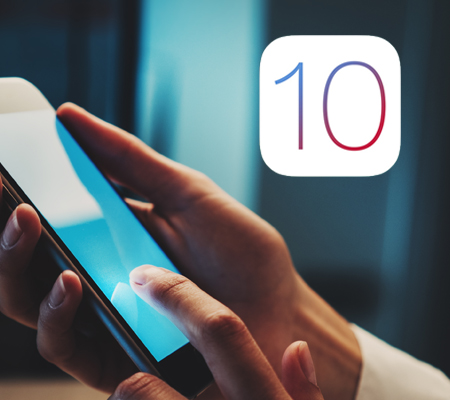Fuel campaign performance with laser-focused targeting

In a digital world ruled by the proliferation of personal screens, it is the end user that makes or breaks a digital business. And for a company focused on user privacy above all else, the new changes on iOS 10 are an epitome of a world ruled by the user’s preferences.
The advertising industry is abuzz with the controversy created by the stricter implementation of the Limit Ad Tracking feature in iOS 10. With iOS 9, Limit Ad Tracking restricted the location and behavioral targeting features on iOS devices, resulting in poorly targeted ads. However, advertisers could still use the IDFA (iOS Advertising Identifier) for attribution and frequency capping. With iOS 10, the new operating system nullifies the IDFA for all devices where the user has opted in for Limit Ad Tracking, thereby enforcing complete anonymity of the user to advertisers. While it is a beacon of user privacy standards, this change will have both a positive and negative impact on the user experience. On the one hand, the user is secure in the knowledge that their privacy is maintained and no one can track their mobile usage behavior. However, on the other hand, it also implies that frequency cap checks and IDFA based attribution methods will all fail for devices where Limit Ad Tracking has been turned on, resulting in a repetitive and context-less ad experience.
Different players in the advertising ecosystem are reacting to this change in various ways. Some have decided to not serve ads on devices with Limit Ad Tracking, upholding the importance of well targeted ads above revenue pressures. Some are taking a stance to continue serving ads on the nullified IDFA accepting the truth of poor targeting as a bitter pill. A few others have put their own identifiers in place to ensure their targeting algorithms remain unaffected. In either case, users who select Limit Ad Tracking will encounter a mobile experience marked with fewer, but contextless ads. As engagement rates and conversions decline, advertisers might decide to reduce their spends on such traffic. This would also imply that users who have gotten into the habit of leveraging rewarded video ads within games/apps may suddenly find themselves bereft of any videos to watch.
So what can advertisers do to prepare for this change?
If you are concerned about how this impacts your advertising spends and performance on the InMobi Network or the InMobi Exchange, please contact us at efficientbuying@inmobi.com.
Tanvi has been in the telecom industry for the last 6 years and is successfully using her understanding of the mobile user in the exciting mobile advertising ecosystem. In her latest role, she is responsible for dissecting the inspirations behind the user behavior on the mobile and identifying the best monetization strategies for the evolving mobile ecosystem.
Register to our blog updates newsletter to receive the latest content in your inbox.